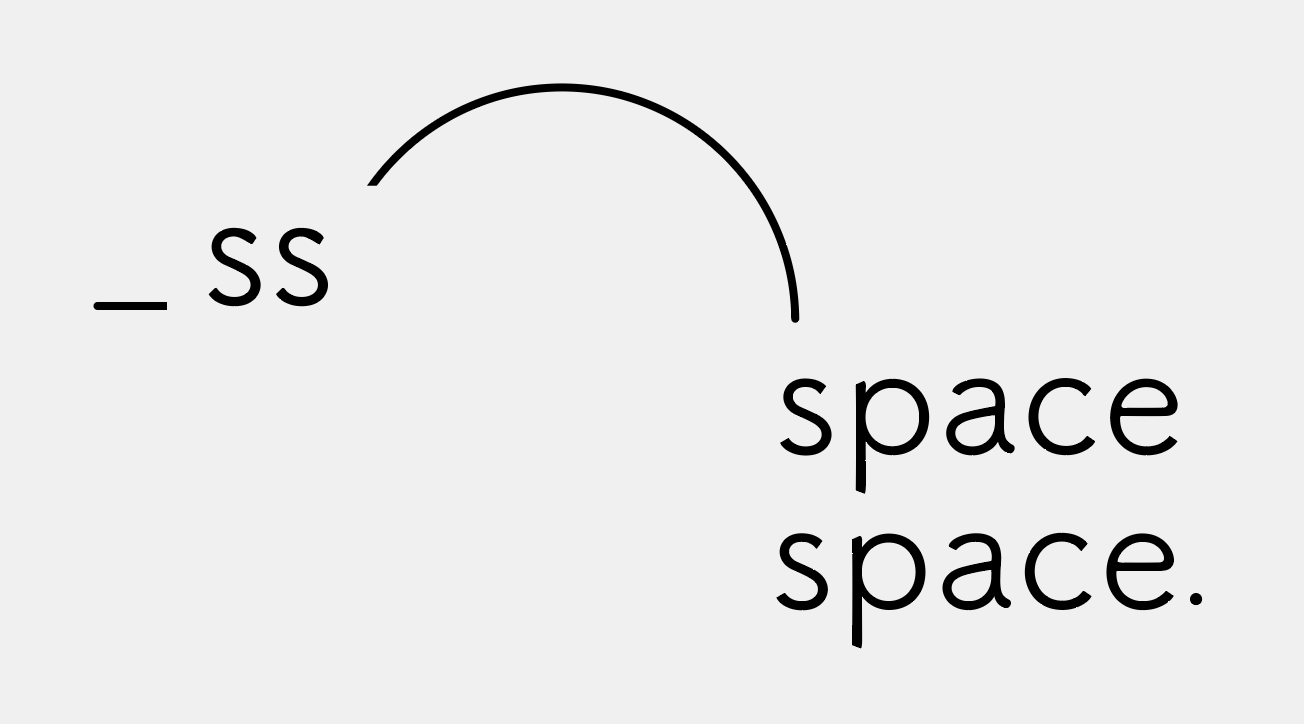
‘Hannah Arendt wrote in The Life of the Mind: "Nothing and nobody exists in this world whose very being does not presuppose a spectator." For creatives, the overlapping and entwinement of online and physical spaces are perhaps more pressing and perplexing.‘
Liz Chang
A Tree Falls in a Forest:
The Online and Offline
Presentation of Artworks
words by Liz Chang
There's a philosophical thought experiment that goes like this: "If a tree falls in a forest, but nobody is around to hear it, does it make a sound?"
The pandemic has forced many aspects of our lives and creative displays into online spaces. However, the internet has become notorious for its filters, fake news, and the distortion of events. People have become skeptical about how others are presented online, believing noise on the internet to be nothing more than schemes serving hidden purposes. As children of Capitalism, despite our eagerness to appear open-minded and non-judgmental, the fact is we are either overly suspicious about the online world, or far too gullible.
Today, the physical world has lost its comforting predictability, and the appearance of others has become indistinct by face masks and social distancing. In contrast, the world of the internet seems relatively unimpacted; we can properly see the faces of others through Zoom calls, sometimes even catch a glimpse of their reading habits through their bookshelves or family members and pets, allowing a sense of vibrant intimacy that was previously inaccessible. The online world suddenly seems more real than the physical world, the virtual world more realistic and authentic than the "real" one.
Hannah Arendt wrote in The Life of the Mind: "Nothing and nobody exists in this world whose very being does not presuppose a spectator."[1] For creatives, the overlapping and entwinement of online and physical spaces are perhaps more pressing and perplexing. Artworks are presentations of the reflections and experiences of individuals, and whether we are willing to admit, most artworks require the existence of an observer. Through the gaze of others, the Being and thoughts of artists are confirmed through their works, and through the observers of the world, a loop of interaction between the artist, artwork, and the world is formed. In a way, this loop bears witness and becomes the evidence of the creative and even existential life. And yet, in the face of various limitations in presentation and observation, where are the "spectators" in this pandemic-driven world? Or rather, which space has the ability and advantage of showcasing the comprehensive depth and presentation of works?
Using the thought experiment of the tree as a metaphor, whether the tree represents creatives and the sound it makes is artworks, or the artworks are the tree and spectators are the sound, in today's day and age, the word "audience" has become a concept that brings mixed feelings. And yet, in a world where most people spend more than half of their time on the internet, insisting that "the online world is nothing more than a supplement to the physical world, or may even entirely be make-believe," would, unfortunately, be nothing more than a form of Ostrich effect. COVID has not entirely reversed the real and virtual, and online spaces have yet to reach maturity that allows artworks to be secured in specific spatial or narrative contexts, but perhaps our skepticism towards online spaces originates from the uncertainty of whether others see what we see (which in truth was never a certainty in the first place) or the anxiety of viewers hiding behind screens. Nevertheless, we cannot escape one question: amid today's societal changes and in the context of presentation and observation, which space is more capable of allowing the "Being" of artworks?
1. Arendt, H. (1978). The Life of the Mind. New York: Harcourt Brace Jovanovich.
一棵樹在深山倒下:
線上vs. 世上的創作,
哪個更「真實」?
文|Liz Chang
有個哲學思想實驗是這樣的:假如有一棵樹在山林裡倒下,周遭渺無人跡、無人聽聞,那這棵樹倒下時,究竟算不算有發出聲音?
疫情的關係,包過創作展演在內的許多生活面向都挪移到網路空間。然而近年來網路世界經常背負斷章取義的罵名,在這個濾鏡猖獗的假新聞時代,人們總對他人在線上精心規劃的人設半信半疑,認為網路世界的聲量不過是各種懷有特定意圖的策劃。無論我們這些資本主義的孩子們如何自認心胸寬大且中立,事實是我們要不對網路空間疑心過重,要不太過相信。
如今,物理空間不再具有過往讓人安逸的可預測性,而口罩與社交距離模糊了我們的面孔與形象。相較之下,網路世界反而顯得穩定。透過視訊鏡頭,我們看到他人完整的面孔,有時還一窺對方書架上的書,甚至不小心出現在鏡頭內的家人或寵物,多了一點這段時間不得見的立體與親暱。突然間,世上的顯現甚至比線上的樣貌更單薄,線上與世上空間好像顛倒了過來:虛擬似乎比真實更真實。
漢娜.鄂蘭在《心智生命》中寫道:「這世上一切人與物的存有,都仰賴觀者的存在。」[1] 對創作者而言,線上與世上空間的交疊與錯落或許更真實而弔詭。創作是個體諸多思想與觀感經過轉化後的呈現,而無論我們是否願意承認,大部分的創作都預設觀者的存在。有了他人的觀看,創作者因為作品而得到自我存在、自身思想的多元詮釋,再藉著作品觸動世界裡觀看的人,一來一往,就成了創作生命、甚至存有生命的印證。但是,疫情的出現讓當前物理世界的觀看與被觀看,都出現前所未有的大小限制,疫情時代的「觀看者」,究竟存在於哪個空間?或者哪一個空間,更有本錢全面而立體地呈現創作?
若套用樹的隱喻,無論創作者是樹、作品是發出的聲響,或者作品是樹、對觀者的觸動是聲響,雖說「受眾」這個詞在演算法時代裡讓人愛恨難分,但當我們生活有一半以上都在網路空間裡移動,堅持「網路世界不過是輔助,甚至是虛假的」,恐怕難推掩耳盜鈴之嫌。疫情並未完全反轉世界的虛與實,而當前大部分網路生態的成熟度也不足以讓作品鑲嵌在某種穩固的空間或敘事脈絡裡,但或許我們對於網路空間的不信任,源自不確定他人所見的是否與我們相同(其實本來就不可能確定),或因為觀看者存在於螢幕鍵盤後方,所產生的不安。但我們仍然不得不思考:如今的時空現況、時代脈動,以及創作與觀看的脈絡之下,作品在哪一個空間更有可能因為觀者的參與而得以完整存有呢?
1. Arendt, H. (1978). The Life of the Mind. New York: Harcourt Brace Jovanovich.
Liz Chang
張韞
Liz is an art writer and translator interested in the different complementary ways of communicating artwork through writing. Currently based in Oxford, UK.
中英文藝術評論人與譯者,關注創作的文字轉譯與呈現,現居英國牛津。

